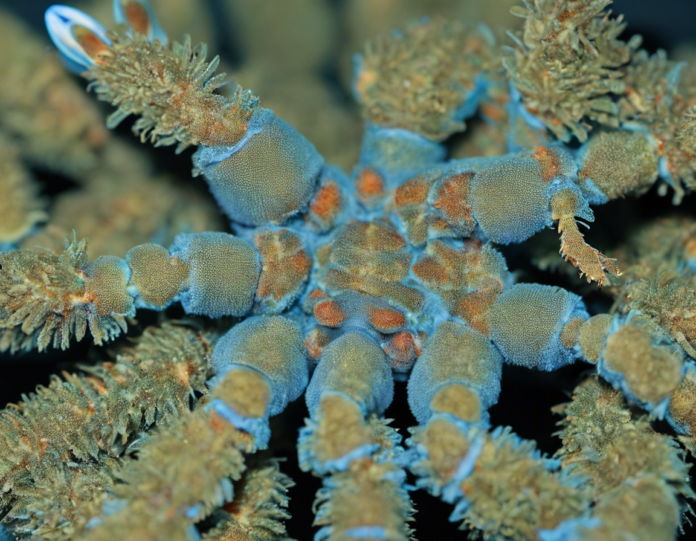Blue lobsters, a rare and captivating variation of the traditional lobster, have puzzled and intrigued scientists, marine enthusiasts, and seafood lovers alike. This vibrant and unusual hue is a result of a genetic mutation that affects the pigmentation of the shell. In this comprehensive article, we will delve into the world of the Blue Lobster strain, exploring its origins, characteristics, rarity, and significance.
Origins of the Blue Lobster
The Blue Lobster, scientifically known as Homarus Americanus, is primarily found in the coastal waters of North America, from Canada to the United States. The unique blue coloration of these lobsters is a result of a genetic anomaly that causes an overproduction of a particular protein. This protein, called crustacyanin, combines with a carotenoid molecule to form a blue complex known as astaxanthin.
Characteristics of Blue Lobsters
Blue lobsters exhibit a striking bluish hue that ranges from a vivid electric blue to a softer pastel shade. This vibrant coloration is a stark contrast to the traditional dark green or brownish shell of typical lobsters. Apart from their mesmerizing appearance, Blue Lobsters are anatomically and behaviorally similar to their conventional counterparts.
Rarity of Blue Lobsters
The Blue Lobster is an exceedingly rare phenomenon, with estimates suggesting that only about one in two million lobsters carry the genetic mutation that results in their blue coloration. This rarity has contributed to the fascination and intrigue surrounding these captivating crustaceans.
Significance of Blue Lobsters
Beyond their aesthetic appeal, Blue Lobsters serve as an essential subject of study for researchers and scientists. The genetic mutation responsible for their unique coloration offers valuable insights into the mechanisms of pigmentation in crustaceans. By studying these blue lobsters, scientists can gain a deeper understanding of how genes control pigmentation and color variations in marine species.
Conservation Efforts and Blue Lobsters
Given their rarity, Blue Lobsters are sometimes spared from commercial fishing activities and are occasionally donated to aquariums or research institutions for further study. Conservation efforts are essential to ensure the survival of these extraordinary creatures and to protect the genetic diversity that they represent.
Frequently Asked Questions (FAQs)
1. Are Blue Lobsters safe to eat?
While blue lobsters are safe to eat, their rarity often makes them unsuitable for consumption. Due to their unique coloration, blue lobsters are sometimes spared from being caught for food and are instead preserved for educational or research purposes.
2. Can Blue Lobsters change color?
Blue lobsters derive their color from a genetic mutation that results in the overproduction of a specific protein. This mutation is responsible for their blue pigmentation, which remains stable throughout their lifespan.
3. Are there different shades of Blue Lobsters?
Yes, Blue Lobsters can exhibit a range of blue hues, from electric blue to lighter pastel shades. The variation in color intensity adds to the allure of these rare crustaceans.
4. How do Blue Lobsters reproduce?
Blue Lobsters reproduce through a process known as molting, where they shed their exoskeleton to grow. During mating, the male deposits sperm packets on the female’s abdomen, which she then carries and uses to fertilize her eggs when she is ready.
5. What is the lifespan of Blue Lobsters?
Blue Lobsters have a similar lifespan to traditional lobsters, which is roughly 20-30 years in the wild. Factors such as predation, habitat quality, and environmental conditions can impact their longevity.
In conclusion, the Blue Lobster strain represents a fascinating and enigmatic aspect of marine biodiversity. Its rare and vibrant coloration serves as a testament to the wonders of genetic variation in the natural world. Through further research and conservation efforts, we can continue to appreciate and protect these extraordinary creatures for generations to come.
